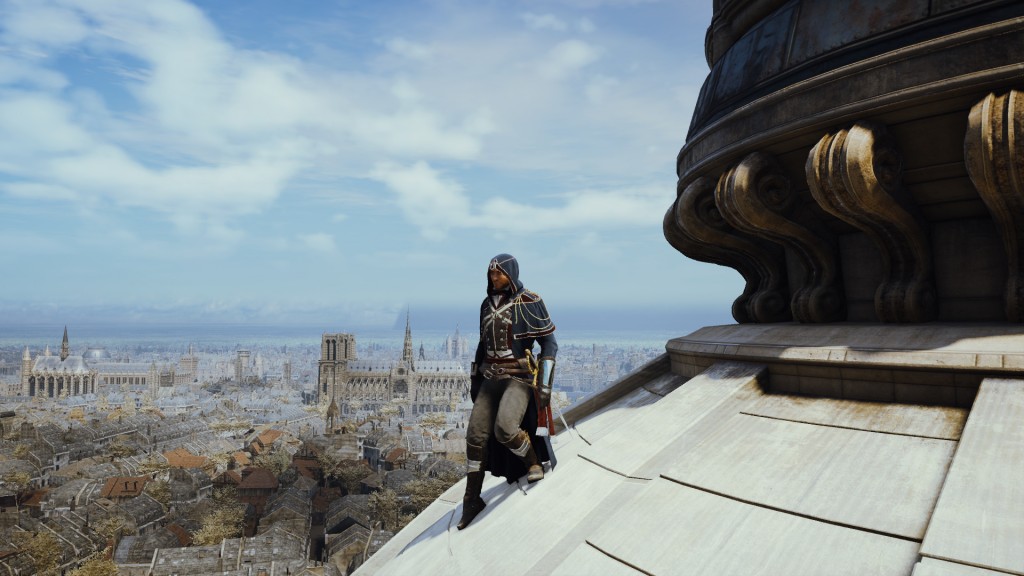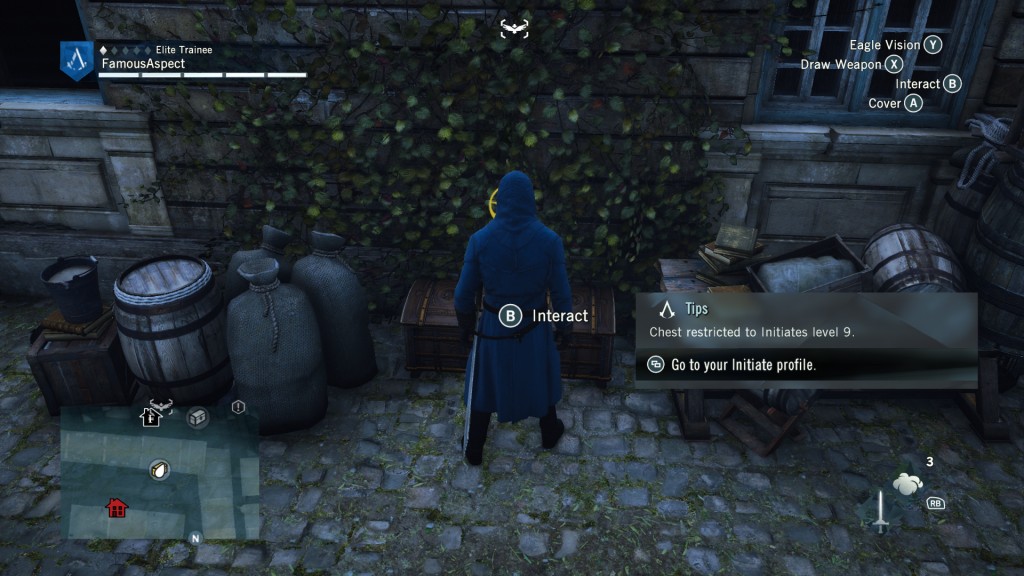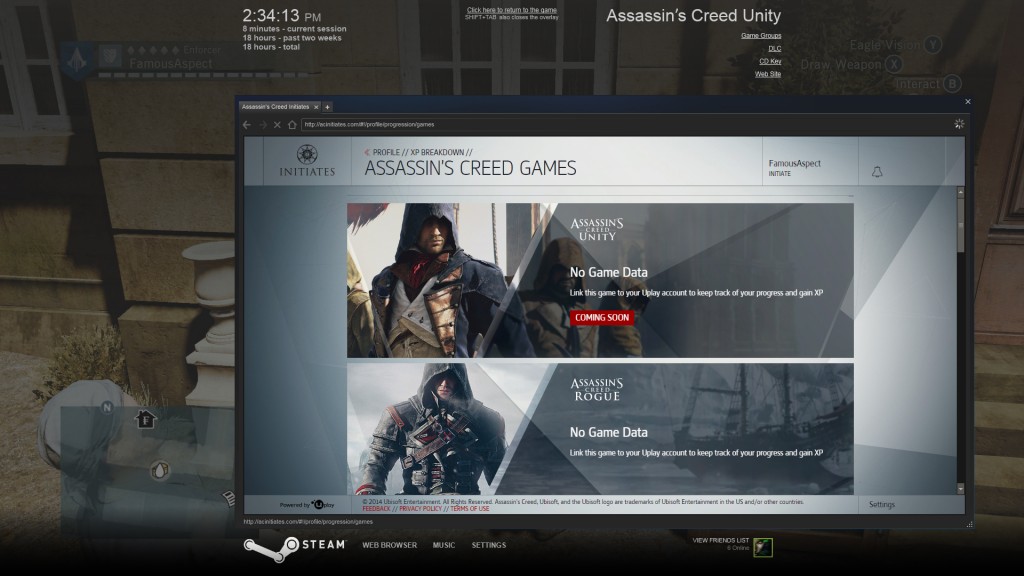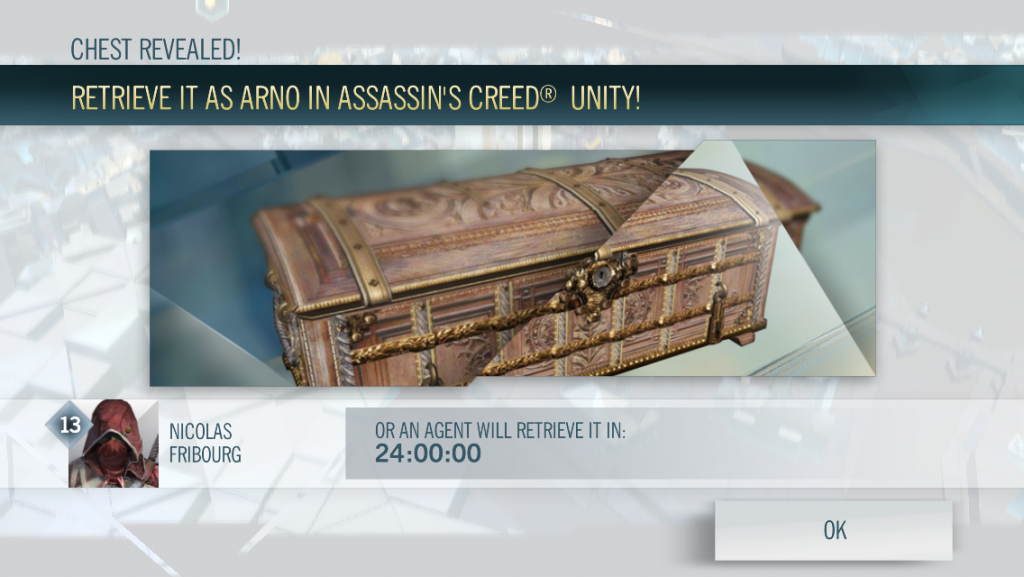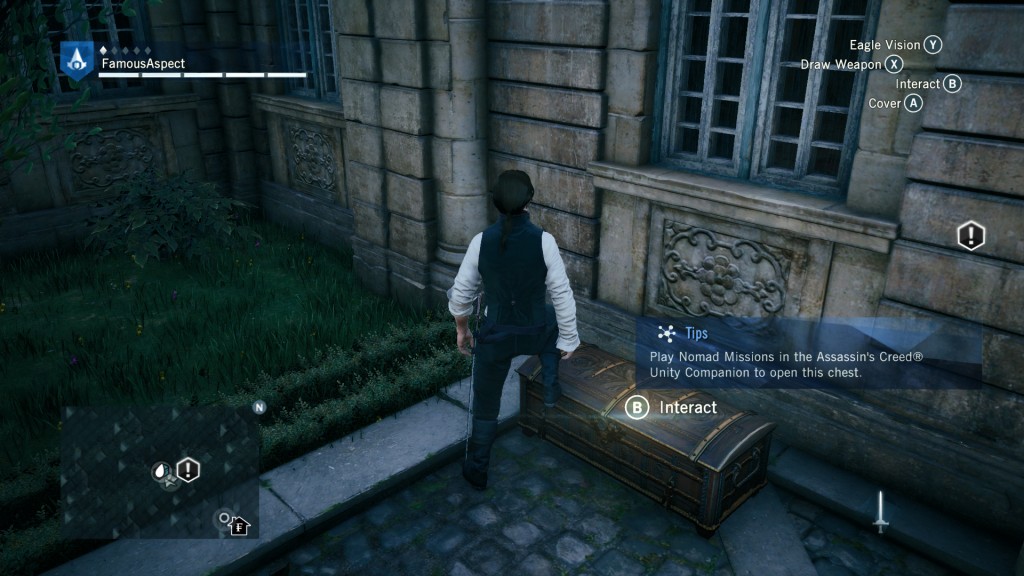This article originally appeared on Kotaku
Ten hours into Assassin’s Creed Unity, I’m having difficulty finishing up memory sequence 6. That’s just about the middle chapter of the game. I think my character is too weak. His armor isn’t strong enough. Neither are his weapons.
I could stop working on this memory, instead grinding on side missions and locating chests until I have enough Livres to buy more powerful gear. Instead, I open up the eStore and without first looking into what I can buy with Helix credits, opt for the $100 package, the biggest in-game purchase available from Ubisoft, a publisher that would presumably love for me to buy it.
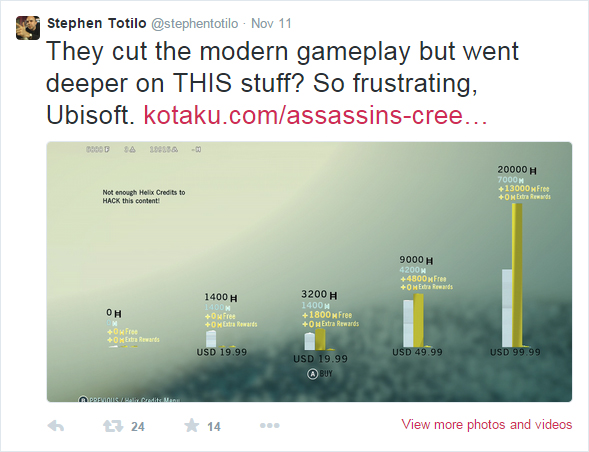
Five and a half hours later, when the credits roll (and roll and roll) on the story, I am decked out in 5-diamond Legendary gear. Great, but there is a problem. I have a balance of $56 worth of Helix credits and have nothing meaningful to spend them on.
MTX’s ‘Horse Armor’ Moment
When Unity launched last week, piled on top of claims that this is a low point for the series was a frustration with the relevance of the extra hooks the game has to products and services outside the main game: the companion app, the Initiates program and the Helix credit microtransactions in the game. As a professional game developer, I’m no stranger to companion apps or in-game purchases. Not only have I spent the past two and a half years working as a monetization design consultant, but before that I spent four and a half years as a producer at EA, where I led development on companion games that unlocked exclusive items inside of Dragon Age: Origins and Dragon Age II. From my insider perspective, it feels as though we have reached our Horse Armor moment with in-game purchases.
We’re at the point where there is public outcry over a business practice which will ultimately become common. Player’s stated preferences on Twitter and in comments may be a hatred of all things microtransaction (MTX), but as it becomes clear to companies that they actually buy these items in meaningful quantities, in-game purchases will become as everyday as Day 1 DLC, Season Passes and purchasable cosmetic items.
The launch of the previous console generation brought us HD gaming, higher development and marketing costs, a $60 price tag and downloadable $2.50 horse armor. This current generation brings us even more beautiful games, even higher development and marketing costs and yet the $60 price tag remains. Adjusted for inflation, a $60 game costs the equivalent of $51 in 2006. When it takes 10 game studios working together to create Unity, experimenting with in-game purchases and companion apps as a way to generate additional revenue isn’t greed, it’s survival.
Given that price tags are likely to remain anchored at $60, more and more blockbuster games will turn to in-game purchases. However, just because I think that Unity’s use of MTX and a companion app were inevitable, it does not mean I think they were particularly friendly to those players who bought this new Assassins Creed on launch day (especially those players who pre-ordered or bought it before the review embargo was lifted).
Going Full Ubisoft
For the first 10 hours of my time with Unity I played it as I would naturally. I focused primarily on the story until missions got difficult. Then I would hunt down unopened chests and grind on side missions to earn enough Livres to buy new gear. By the end of 10 hours I was rated at the 3 diamond gear level and was struggling through memory 6-3.
At that point, I decided to role play as the ultimate form of Unity consumer. I spent $100 on Helix credits. I installed the companion app, linked my uPlay account and started unlocking those blue chests. Prompted in-game, I signed up for Initiates to unlock yellow chests. What I encountered was mostly frustration.
In the “what went right” column I was able to charge through the single player campaign with relative ease. Decked out in fully upgraded 5-diamond gear, I finished the campaign straight through without the need to grind.
Gearing up wasn’t exactly the same as using a God mode cheat, but I was able to complete the story without too many deaths. Unless I was completely surrounded, tricky combat situations could be overcome by cheesing the smoke bomb and mowing down startled soldiers. I wasn’t exactly transformed into Mordor’s Talion by spending money, but I did not need to act assassinly unless I wanted to. Had I chosen to spend money two and a half hours in, at the moment when I first unlocked the ability to purchase gear, I probably could have rushed through the game in 12 hours or less.
In the “what went wrong” column was everything else.
The most egregious was the $100 currency package. My #1 rule as a monetization design consultant is that you have to respect your players: a long term relationship with your players is the foundation of all game monetization. As a player who purchased the $100 option, nothing made me feel more disrespected than finishing the game with $56 of Helix credits and nothing to buy. The only options left were gear I hadn’t unlocked (and had no need for) or else buy 74 premium boosts that I did not need thanks to my high powered gear. I’m not usually a season pass person, but I have more than enough Helix to cover the $30 price tag if only the game would let me.
The Initiates program was also a frustration. I pulled the trigger in front of a random yellow chest after a message explained that I needed to sign up for Initiates to unlock it. I signed up for the program, whose purpose I do not really understand, and went to open my chest. Only after I had signed up did the game inform me that I needed to be a level 9 Initiate to open that particular chest.
Later I would go back to try and figure out just how to level up in Initiates. The webpage I pulled up marked the ability to “keep track of my progress and gain XP” as Coming Soon. At that point I wrote off the idea of opening up a single yellow chest.
The companion app was just a mess. Plagued with uPlay connectivity issues, even when the app was working it was a sore spot. First, it requires me to open both app and game at the same time in order to update my in-app view of the world and unlock new locations for appointment missions. One of the big benefits of server-side features and unified accounts is that servers can talk to each other. A minor annoyance for sure, but I find it baffling that the app cannot read my cloud save and update my progress accordingly. As far as I can tell, the companion app was designed around the idea that I would have it open while playing Unity and not – as one would expect from a companion app – when thinking about my game on the go.
But I persevered, finishing glyph puzzles, grinding appointment missions and collecting Nomad Points in the companion app until I unlocked a blue chest in the game. This was my sole incentive for using the companion app. Once I unlocked a chest, I was instructed that Arno could pick it up in-game or else an agent would retrieve it in 24 hours. I went to (what I think was) the chest in-game, tried to open it and was met with the familiar “Play Nomad Missions in the Assassin’s Creed® Unity Companion app to open this chest.”
I promptly deleted the Assassin’s Creed® Unity Companion app.
Balancing Respect And Monetization
This all begs the question, how can Ubisoft do MTX and companion apps better in Unity? Given comments on previous pieces I’ve written on monetization, I expect the majority of players would say to remove them entirely. As I acknowledge the business reality here and expect these elements to become more prevalent in future blockbuster games, this is not a reasonable answer. From my perspective, a few minor changes could make these elements more palatable for gamers while retaining Ubi’s ability to earn additional revenue.
There are a number of easy fixes to be more respectful of players. The most obvious is the currency packages on offer. Simply put, a game should not allow me to spend $100 in-game if there is not $100 worth of stuff to buy.
Further, the pacing of features was off. Even the most optimistic monetization designer should recognize that MTX and companion apps will only appeal to a very small percentage of the overall Unity audience. On the flip side, a large population of players are not only disinterested in these elements, they are repulsed by them.
The ability to buy Helix is available in-game from minute zero. Yet I was unable to purchase additional gear which would require Helix until two and a half hours in. Seeing this MTX option on the eStore menu when a player is forming their initial reaction to the game (which based on the review scores is likely disappointment for long time fans) is a mistake. Given that this is a premium game a player spent $60 on, one can assume that if they are going to buy MTX it will not be until a few hours in to the game. The ability to purchase Helix should be hidden until the player has reached the point in the game where gear is unlocked.
The companion app and Initiates program are more overtly thrown in the player’s face. In my first mission as Arno, 30 minutes into my play session, I encountered prominently placed blue and yellow chests locked behind these features. I was not surprised that their inclusion in the first hour of play set off players’ and critics’ rage meters.
These features should be introduced later in the game. One can assume that, unless a player is a few hours invested into the game, they have no desire to opt-in to marketing programs. The first few hours of the game should be focused on creating the maximum amount of player delight. Only after a player has bought in to the game should they be presented with the option to engage with these ancillary features.
The other way the companion app and Initiates chests disrespect the player (other than not working) is through a lack of context.
I am given startlingly little information about the Assassin’s Creed® Unity Companion app when I am blocked from my intended action of opening a chest. What is the companion app? What platforms is it for? Why would I want to play it? None of these questions are answered by Unity’s vague messaging.
The Initiates program does a slightly better job of serving a pop-up notification with text explaining why I would want to join it, but completely fails to tell me what it is in-game. The lack of context in both instances increases my rage meter.
Moreover, I expect that many players would like the ability not only to hide these chests in the HUD but to remove them completely from the game.
A small set of tweaks could make these programs (which are largely marketing and customer retention features) more palatable. When the player encounters these features, they need more context. An optional video that explains to me what these programs are, why they will result in me having more fun and what my incentives for using them are will go a long way to reducing (but not eliminating) the rage inducing effect.
Additionally, a dialog box that would allow me to play this video should also allow me to turn these features off completely. The same way the vast majority of players will never spend money in a free-to-play game, the vast majority of players of AAA blockbuster games will never download a companion app. A simple checkbox on the bottom of a dialog with the option “Do not show me companion app features” will go a long way toward proving to players that you respect them. If you want a player to come back to your game year after year to give you $60, you need to prove that you view them as person and not a wallet.
Who Is Helix For?
Upon finishing the story in Unity role playing as a big spender, I was left with a big question. Who are Helix credits for? Just because I have spent the past few years focusing on monetization design does not mean I fully understand those players who regularly spend money in every type of game. As a player type, I am more of a dabbler. With a backlog of unplayed games literally hundreds deep, it is rare that I am compelled to complete a game. Unless it is something like Shadow of Mordor that hits all my gamer happy buttons, faced with the choice between grinding side missions to gear up or spending money on in-game currency, I am most likely to just quit for another game.
To find out more, I’ve put together this short survey about game purchasing, DLC and MTX. Whether you do or do not spend money inside of premium or free-to-play games, I would love to hear from you so that I can come back with answers in a future article.


